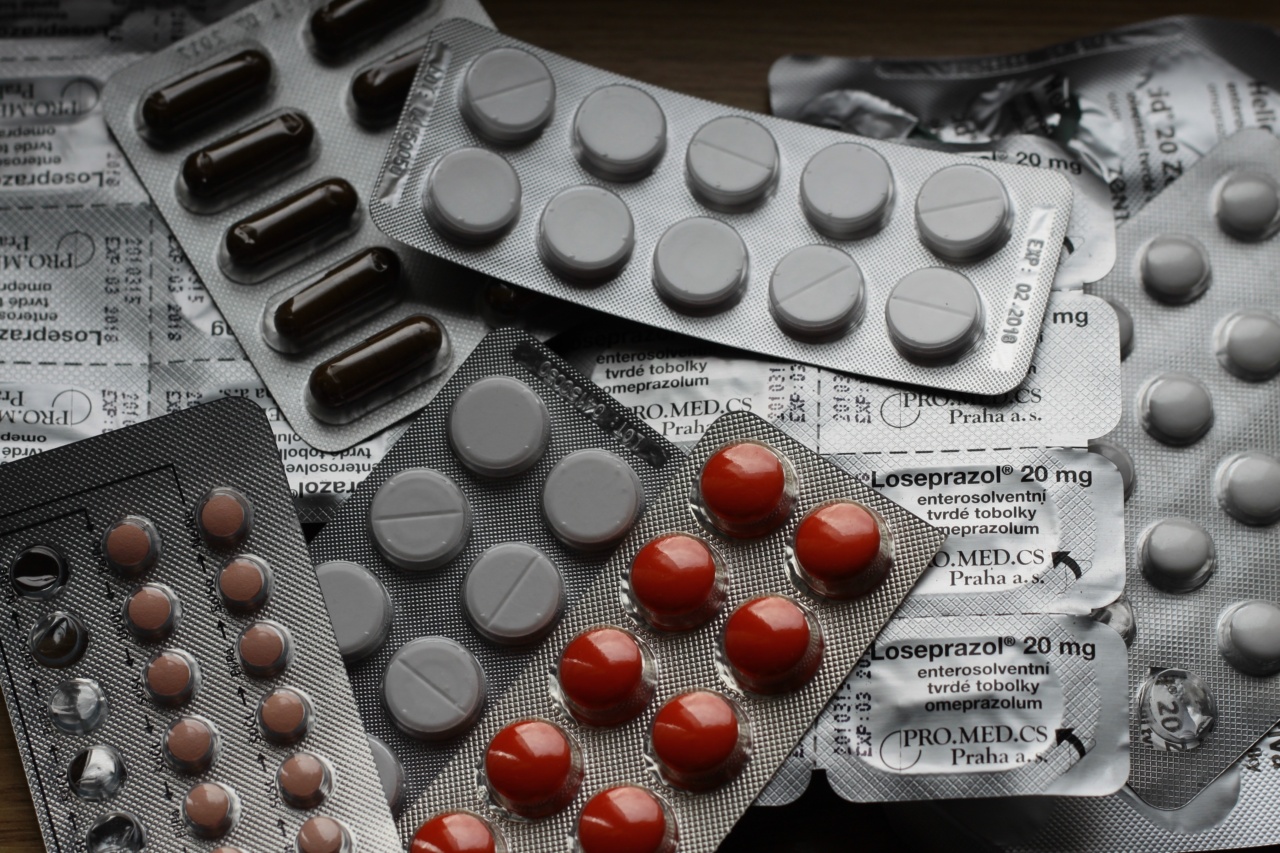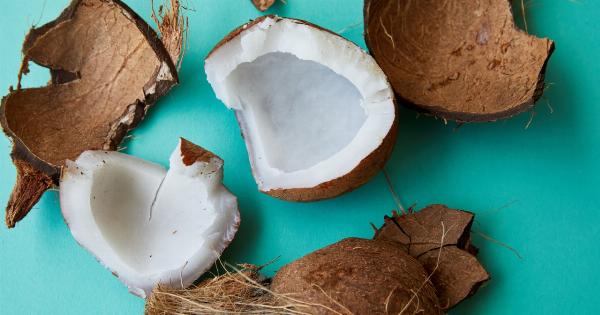Painful urination, also known as dysuria, is a common condition that affects both men and women. It refers to a painful burning sensation that occurs during urination.
The condition can be caused by a number of factors, including infections, inflammation, injuries, and certain underlying medical conditions. In this article, we will discuss the causes and treatments of painful urination.
Causes of painful urination
Urinary tract infections (UTIs)
UTIs are the most common cause of painful urination. They occur when bacteria enter the urethra and travel up to the bladder, causing an infection. Symptoms of UTIs include painful urination, frequent urination, and a strong urge to urinate.
UTIs are more common in women than men because the urethra is shorter in women, making it easier for bacteria to enter the bladder. UTIs can be treated with antibiotics.
Sexually transmitted infections (STIs)
STIs such as chlamydia and gonorrhea can cause painful urination. These infections can be transmitted through sexual contact and can cause inflammation and irritation in the genital area.
Other symptoms of STIs include discharge, pain during sex, and genital itching. STIs can be treated with antibiotics.
Vaginal infections
Vaginal infections such as yeast infections and bacterial vaginosis can cause painful urination. These infections can cause inflammation and irritation in the vaginal area, which can lead to painful urination.
Other symptoms of vaginal infections include itching, discharge, and pain during sex. Vaginal infections can be treated with antifungal medications or antibiotics.
Kidney stones
Kidney stones are hard mineral deposits that form in the kidneys. They can cause pain in the back, groin, and abdomen, as well as painful urination. Kidney stones can be treated with medication to help break up the stones or with surgery to remove them.
Prostatitis
Prostatitis is an inflammation of the prostate gland that can cause painful urination. This condition can be caused by bacterial or non-bacterial factors and can result in pain in the groin, lower back, and perineum.
Prostatitis can be treated with antibiotics or anti-inflammatory medication.
Cystitis
Cystitis is an inflammation of the bladder that can cause painful urination. This condition can be caused by bacterial infections or other underlying medical conditions.
Symptoms of cystitis include frequent urination, urgency, and pain in the lower abdomen. Cystitis can be treated with antibiotics and other medications.
Treatments for painful urination
Antibiotics
If the cause of painful urination is a bacterial infection such as UTIs or STIs, antibiotics may be prescribed to help clear the infection.
It is important to complete the full course of antibiotics prescribed by a healthcare provider to ensure that the infection is fully treated.
Pain relievers
Pain relievers such as ibuprofen can help to reduce pain and inflammation associated with painful urination. Over-the-counter pain relievers can be used to help manage symptoms while the underlying condition is being treated.
Hydration
Drinking plenty of fluids can help to flush out bacteria or other irritants that may be causing painful urination.
It is important to avoid dehydration, especially when taking medication for painful urination, as some medications can cause dehydration as a side effect.
Medical procedures
In cases where the underlying cause of painful urination is more severe, medical procedures may be necessary. For example, kidney stones may require surgery to remove, while prostate or bladder issues may require more intensive medical intervention.
Prevention of painful urination
Practice good hygiene
Good hygiene practices, such as wiping from front to back after using the toilet, can help to prevent bacteria from entering the urethra.
Women should also avoid douching, as this can disrupt the natural balance of bacteria in the vagina and increase the risk of infection.
Stay hydrated
Drinking plenty of fluids can help to prevent dehydration and flush bacteria or other irritants out of the urinary tract. Aim to drink at least eight glasses of water per day and avoid drinks that can irritate the bladder such as alcohol and caffeine.
Practice safe sex
Using condoms during sexual activity can help to reduce the risk of contracting STIs, which can cause painful urination.
Manage underlying medical conditions
Managing underlying medical conditions such as diabetes, which can increase the risk of UTIs, can help to prevent painful urination.


























